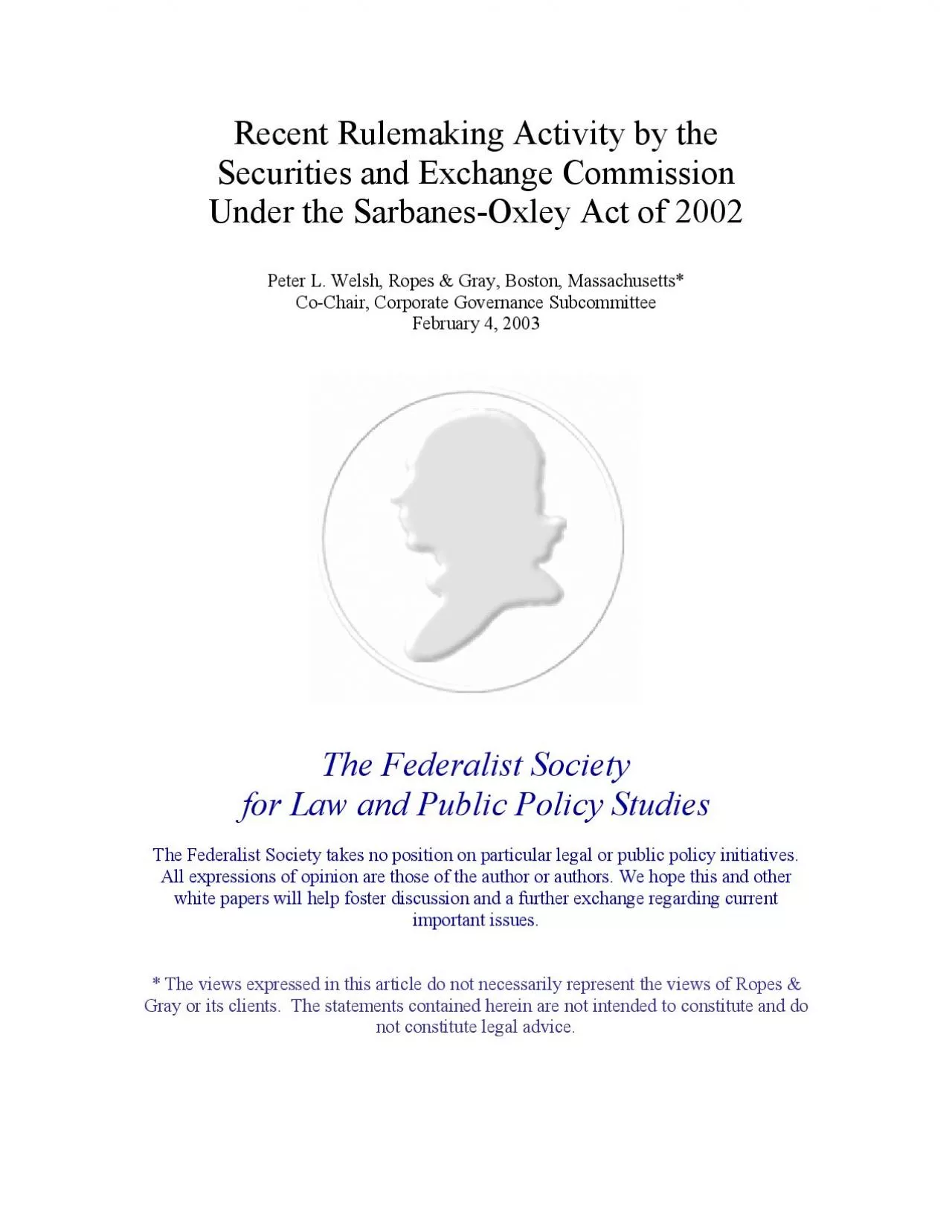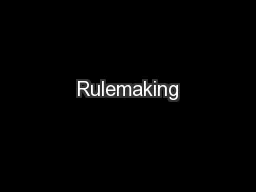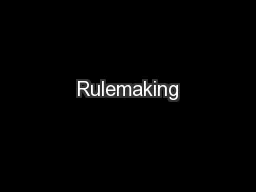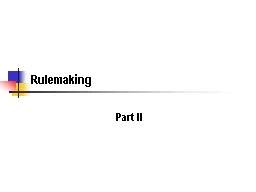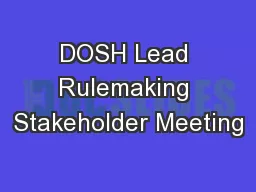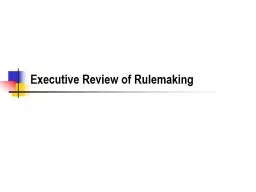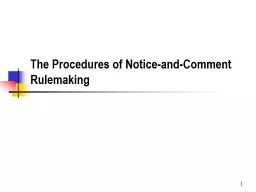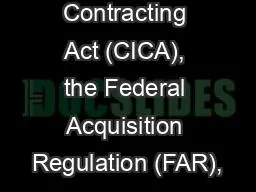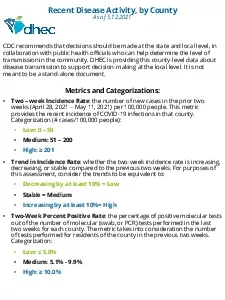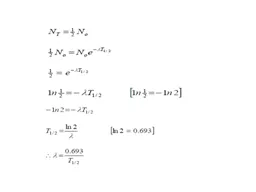PDF-Recent Rulemaking Activity by the
Author : willow | Published Date : 2021-06-14
Securities and Exchange Commission Under the SarbanesOxley Act of 2002 Peter L Welsh Ropes Gray Boston Massachusetts CoChair Corporate Governance Subcommittee February
Presentation Embed Code
Download Presentation
Download Presentation The PPT/PDF document "Recent Rulemaking Activity by the" is the property of its rightful owner. Permission is granted to download and print the materials on this website for personal, non-commercial use only, and to display it on your personal computer provided you do not modify the materials and that you retain all copyright notices contained in the materials. By downloading content from our website, you accept the terms of this agreement.
Recent Rulemaking Activity by the: Transcript
Download Rules Of Document
"Recent Rulemaking Activity by the"The content belongs to its owner. You may download and print it for personal use, without modification, and keep all copyright notices. By downloading, you agree to these terms.
Related Documents

